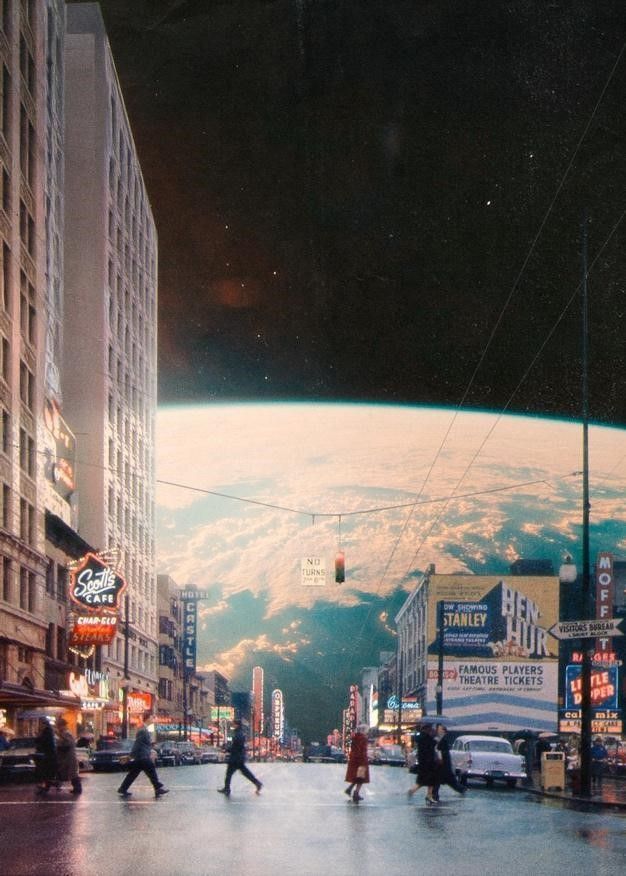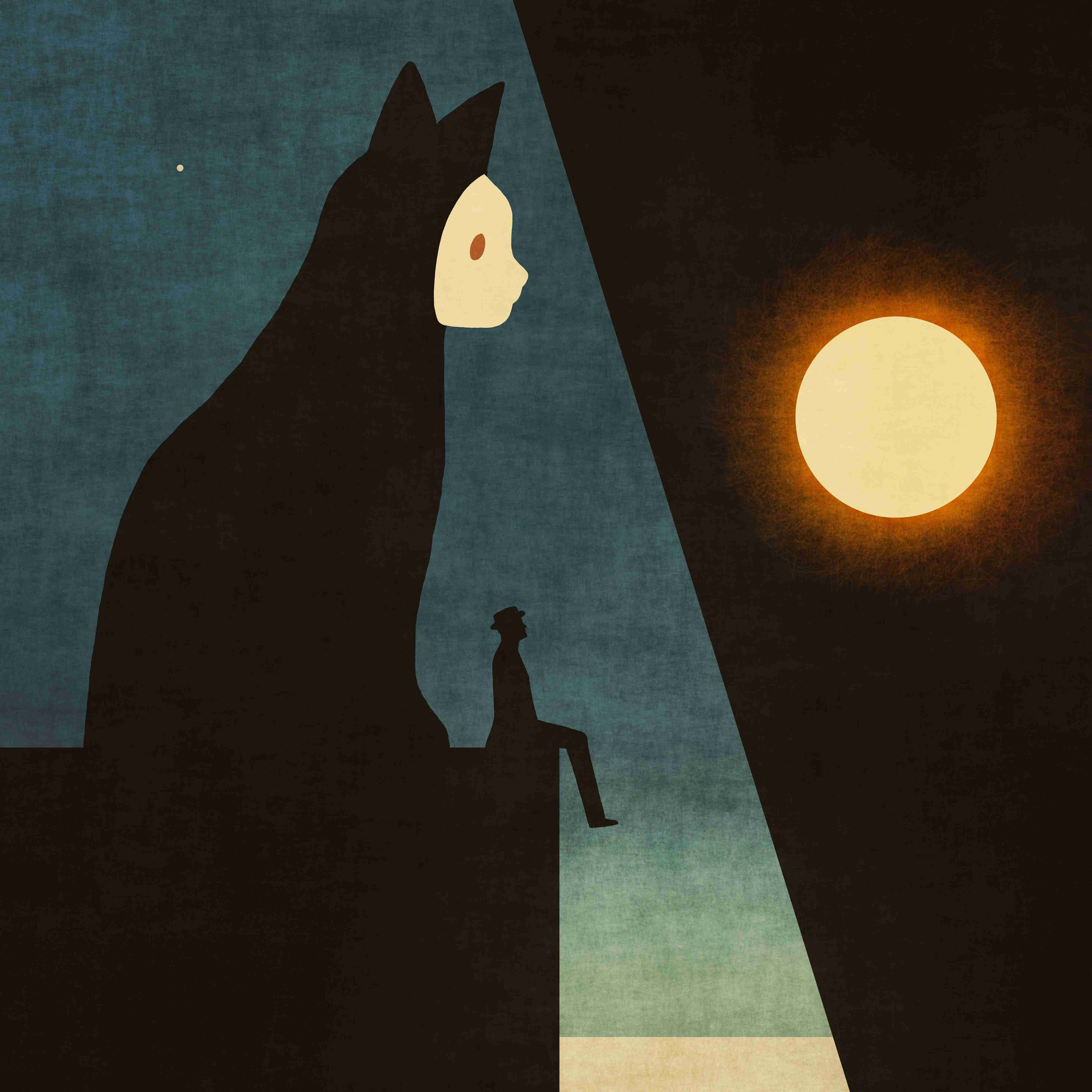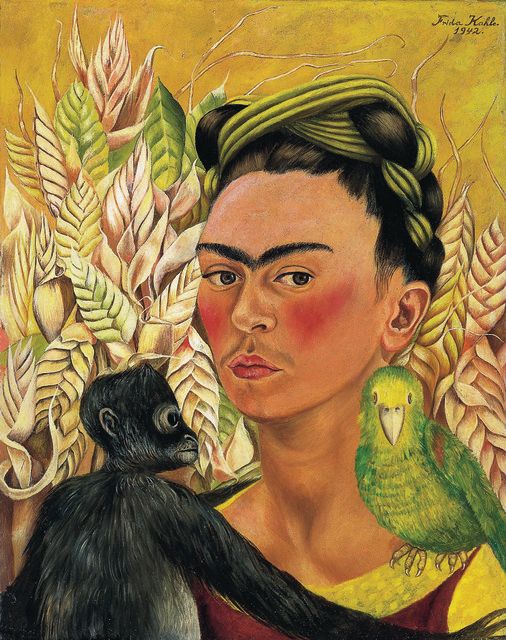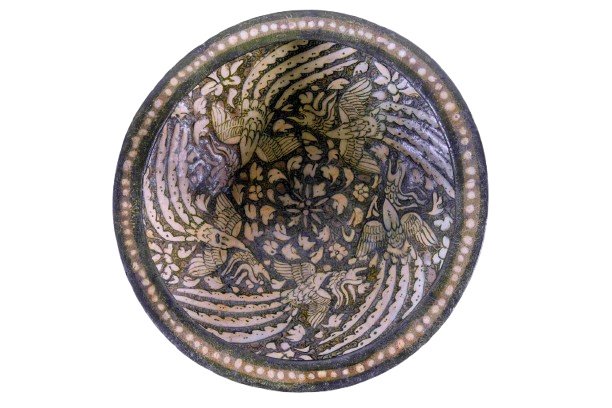Artistic Expressions: Art Reshapes the World
"Saturn Friends" by Roger Mattos. Artwork courtesy of the artist.
In art, there is a thin, invisible line separating reality from imagination, between what we see and what we feel without seeing it. Art, like imagination, is not an escape from the rigors of the daily and the repetitive, but rather a means of seeing details differently, a tool for exploring the familiar and the ordinary, and a way to reframe the world in a more real and humane way.
When imagination intersects with artwork, doors open to infinite possibilities, where reality intertwines with dreams and history with desire. In a world that tends toward the specific and the classified, imagination grants art its freedom, making room for contemplation and multiple readings. Here, we take you on a journey in which we don't know whether imagination preceded art (or vice versa) but at some point, the two blended. So prepare to be amazed at some unforgettable works!
Brazilian artist Roger Mattos, based in São Paulo, transforms emotion into image, silence into story, and memories into poetic scenes. During a difficult time in his life, he founded his page @linearcollages, through which he later found his passion, his path to healing, and human connection.
Digital collage and illustrations have been his tools for constructing inner worlds where dreams intersect with contemplation, transforming his feelings into artworks that connect him to the world. For Mattos, art is a place where he begins to understand the world and himself. He said, "It is my means of expressing feelings that are difficult to describe in words. I see it as a space that connects contemplation, sensation, and inner communication."
Imagination plays a fundamental role in his work as a means of deeper understanding. He said, “I find my work based on evoking emotion and memory, inspired by dreams, nostalgia, and silent yet profound human experiences. I use imagination not as an escape from reality, but as a means of delving into its emotional core. Through collage, I construct visual narratives that seem deeply personal, yet remain open to multiple interpretations, depending on who sees them.”
Although his works are digital, they leave a handcrafted impression that combines warmth and sincerity. They are also characterized by their calm colors and compositions that convey a sense of spaciousness, leaving the viewer with space for contemplation, and most importantly, they give the viewer the opportunity to imagine.
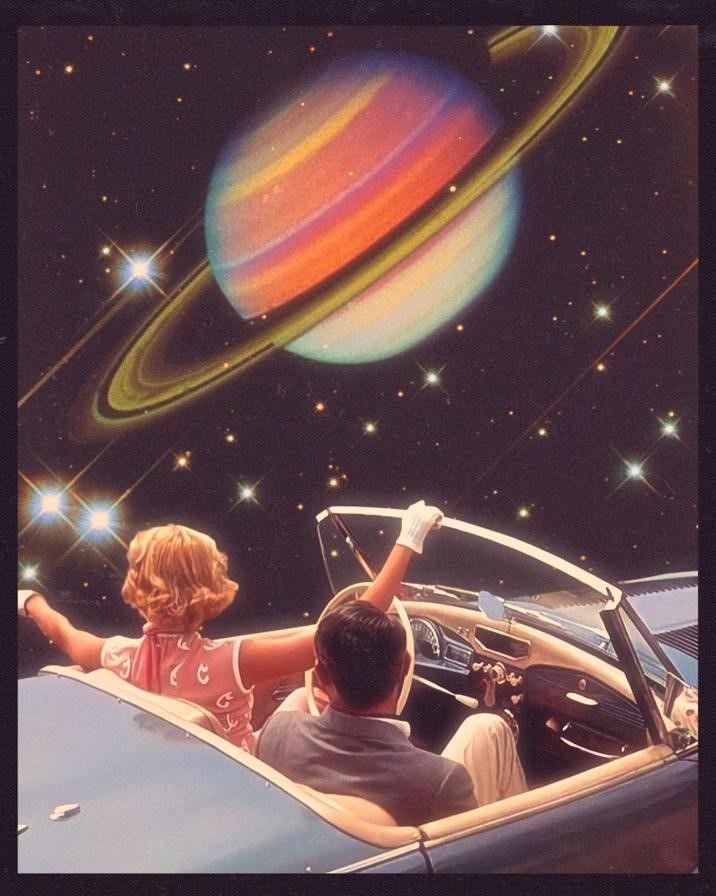
"Space Ride," by Roger Mattos. Artwork courtesy of the artist.
Enjoy Roger Mattos's amazing work here.
From RGR Galleries:
“In my work, I focus on the theme of identity; that is, what is identity? And how is the state constructed through its culture?”
Mexican artist Francisco Muñoz presents his artwork using various media, including painting, collage, ceramics, and textiles, focusing on the relationship between objects and their contexts, and how their meaning changes when the environment, material, or composition changes, creatively combining what is original with what is acquired.
Art is Muñoz's means of understanding identity and roots, building bridges between history, heritage, and modernity. He poses questions and explores his vision of identity, culture, and historical narratives in a contemporary style that aligns with today's language, blends fantasy and reality, and invites contemplation.
His work draws inspiration from pre-Columbian symbols, ritual architecture, archaeological murals, and the interconnected relationship between nature and the spirit.
At the heart of his creative project lie questions about identity, culture, and historical narratives, as Muñoz reframes symbols and legacies into contemporary compositions that pulsate with memory and belonging. He said, "Just as shamans abstracted the natural environment, atmospheric elements, and spiritual forms to embody deities, I reframe the aesthetic experiences, ancestral spirits, and sacred places that come to life in the statues and paintings of my artwork."
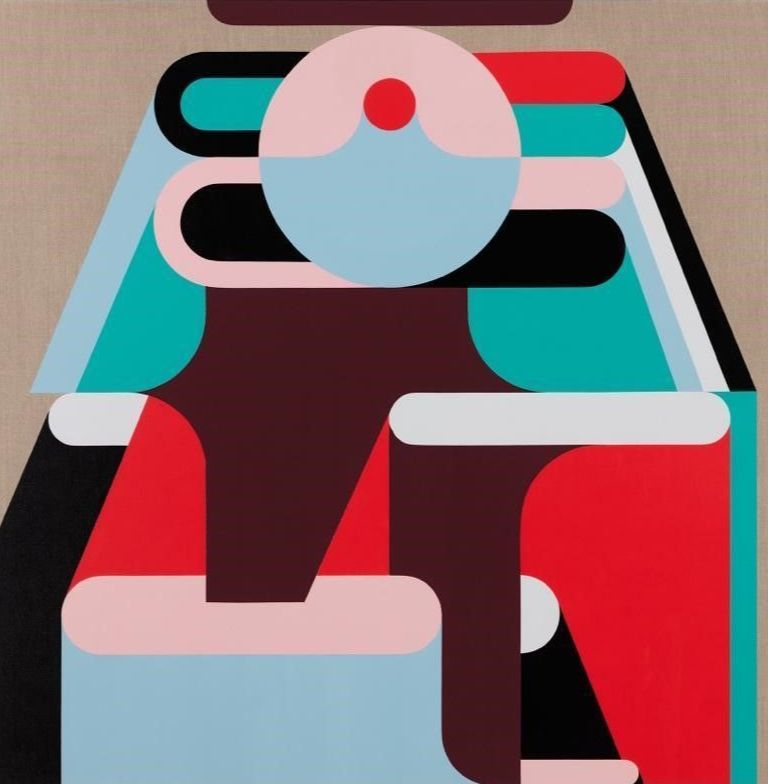
Francisco Muñoz, Temple of Mars, 2025. Acrylic on linen, 150 x 150 cm, 59 x 59 in. Courtesy of the artist and RGR Gallery (Mexico).
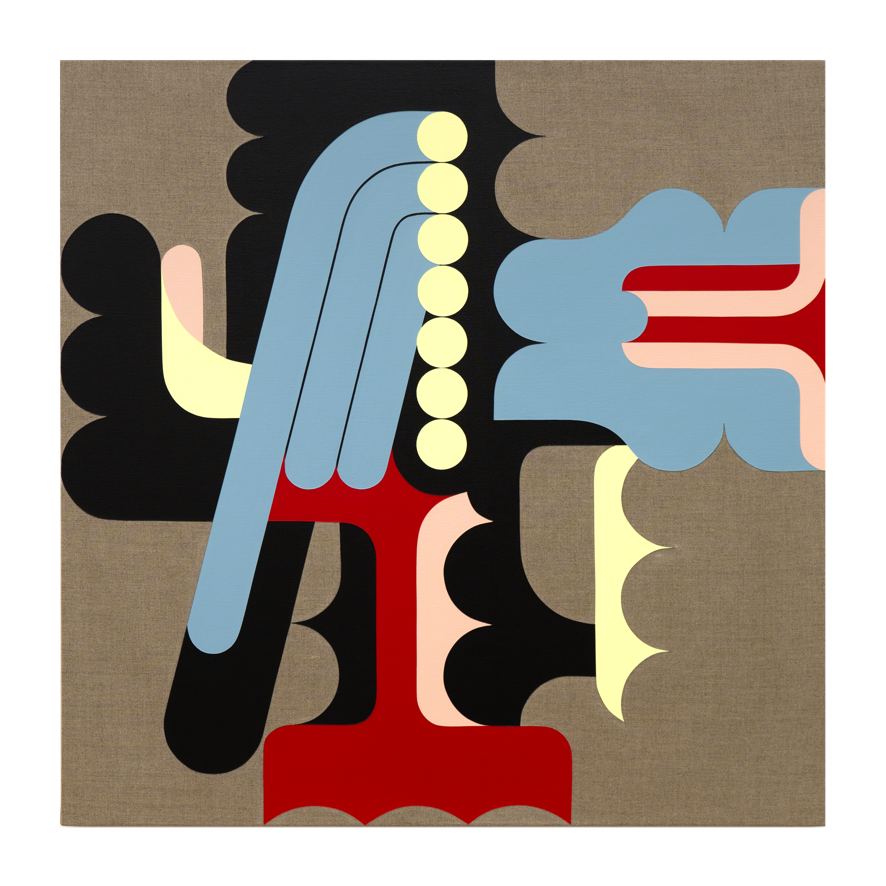
Francisco Muñoz. Villita, 2024. Acrylic on linen canvas, 80 x 80 cm, 31.5 x 31.5 in. Courtesy of the artist and RGR Gallery (Mexico).
An artist who excels in his work with color, perception, and multiple forms, black and white are integral parts of his paintings, considering them "additive colors" that enhance the vibrancy of color vibrations in his works.
He said, "I created a list of digital codes, wondering which code would be best controlled in the visual arts. I immediately thought of colour, choosing three primary colours: blue, red, and yellow. With their complementary colours, the total became six colors, to which I added black and white."
In his works, the artist succeeds in deconstructing the rigidity of form, transforming geometry into a changing perceptual space, where colours, lines, and movement interact to create an ever-changing sensory experience.
“What I offer is not just a fleeting visual game, but rather a serious invitation to train the eye to develop its perception beyond the retina and into the depths of the soul,” he said.
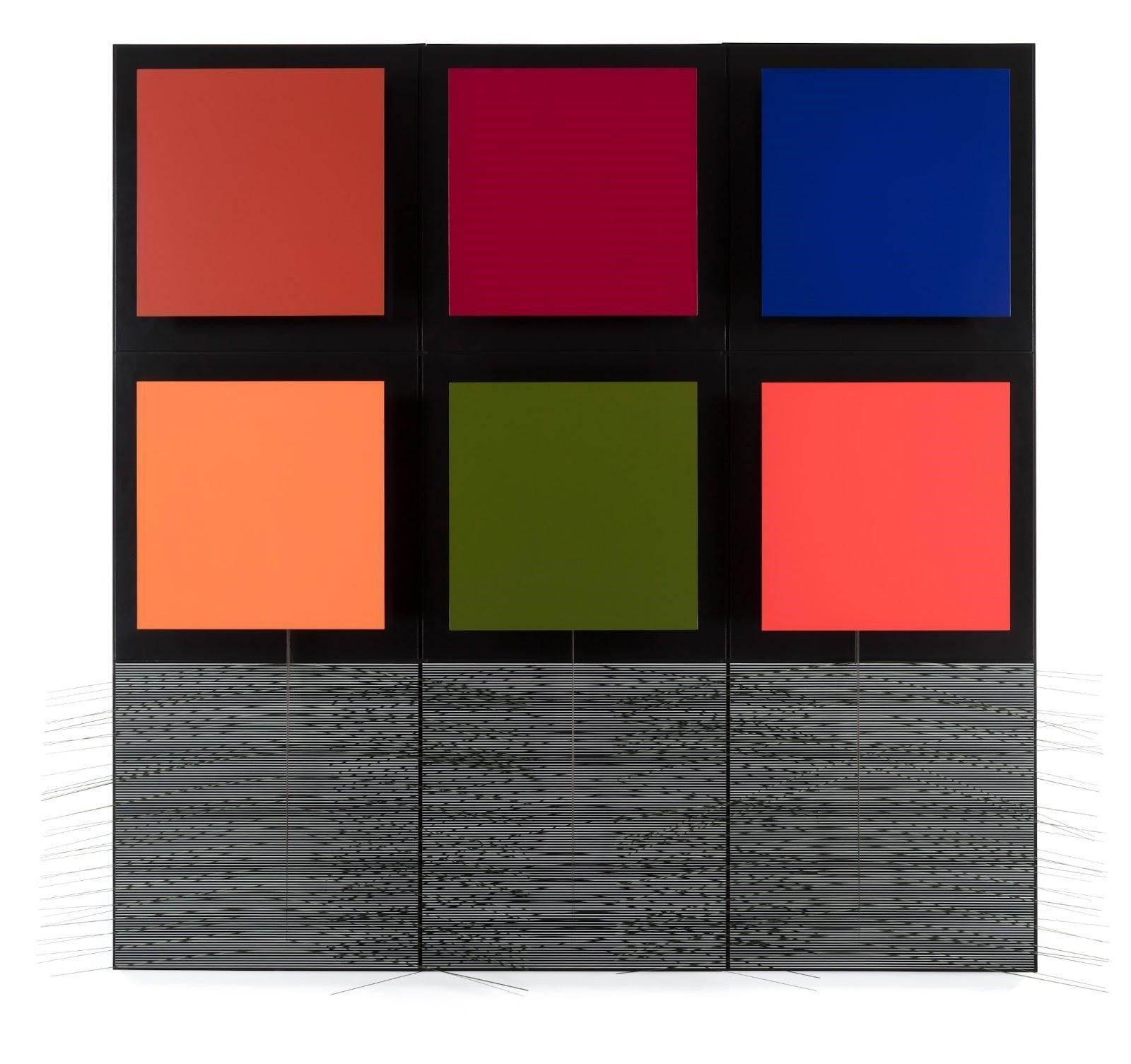
Jesús Rafael Soto. Colors and Vibrations, 1999. Painting on wood and metal, nylon strings, dimensions: 239 x 259 x 17 cm (94 x 102 x 6.5 in). Courtesy of Atelier Soto and RGR Gallery (Mexico).
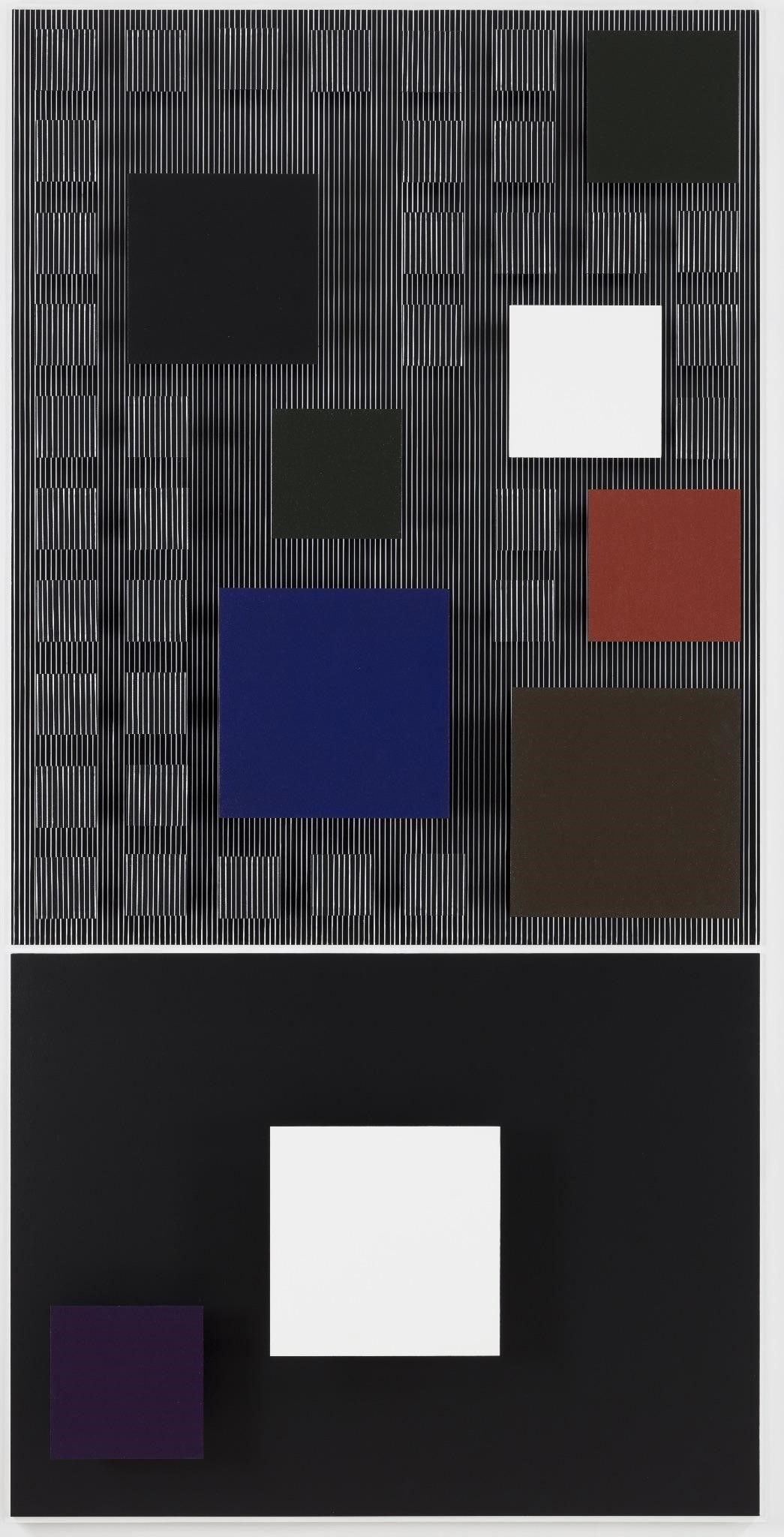
Jesús Rafael Soto. White on black, 1988. Paint on wood and metal, dimensions: 203 x 102 x 17 cm (80 x 40.25 x 6.75 in). Courtesy of Atelier Soto and RGR Gallery (Mexico).
Manuscripts in the Indian, Islamic, Buddhist, and ancient Egyptian traditions are a source of inspiration for Indian artist Manjunath Kamath.
Kamath presents imaginative works in which language is used as a mysterious element that invites contemplation, imagination, and deconstruction; just as if we were facing an ancient and mysterious manuscript that challenges the boundaries of our knowledge.
In his paintings, the unknown intertwines with the known, and language with form, creating a space where symbols transform into living beings; a space that invites us not to understand, but to be amazed.
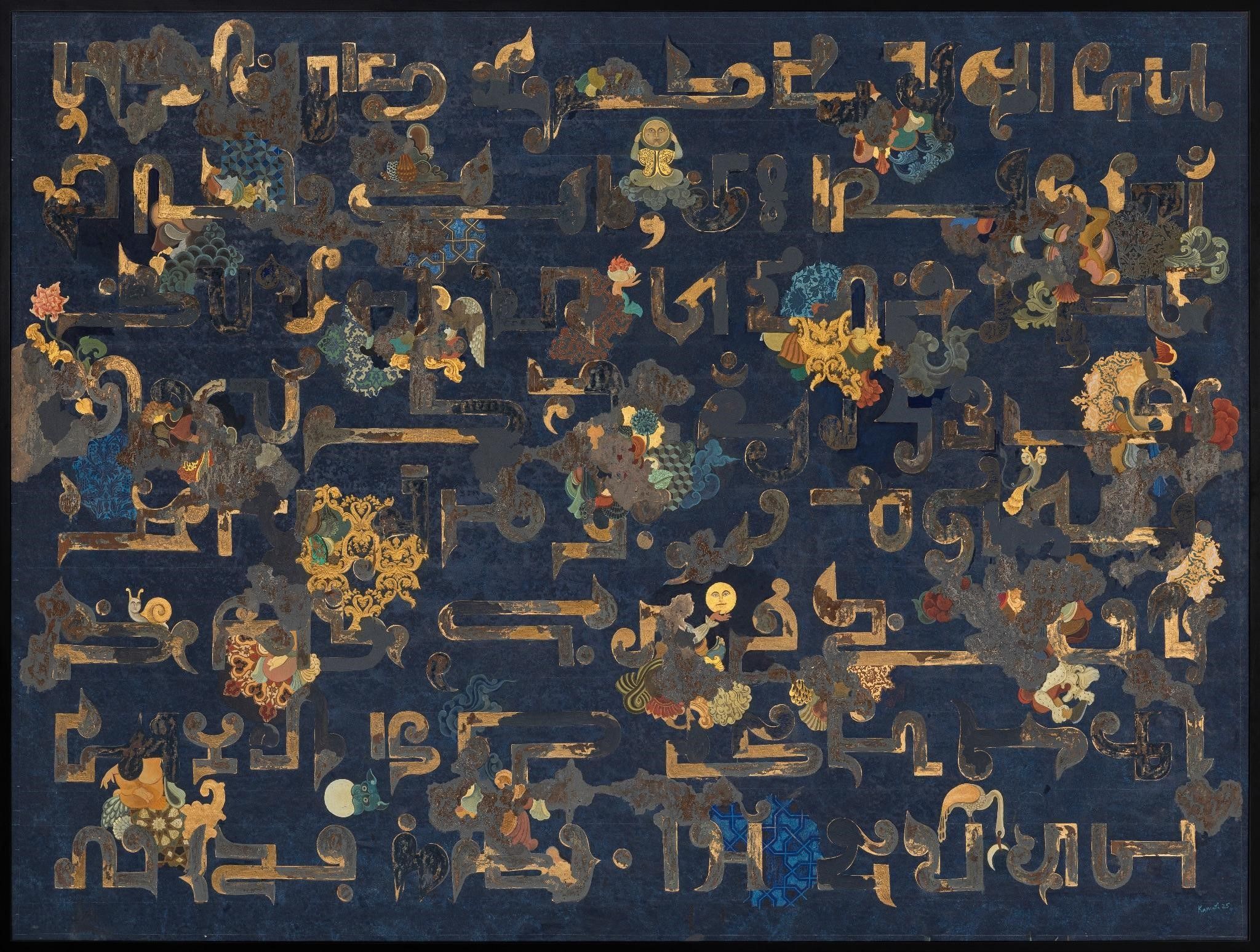
From the Ajatakalpa series by Manjunath Kamath. Mixed media on canvas, 72 x 96 inches, 2025. Courtesy of Manjunath Kamath and Espace Gallery, New Delhi.
American artist Waswo X. Waswo presents aesthetic works that explore the aesthetics of illusion and deconstruct the symbolism of the sung paradise.
Based in Udaipur, India, his works are heavily influenced by Mughal and Rajasthani miniature art, taking the viewer on a fascinating journey that reinterprets history, colonialism, and contemporary identities.
Waswo appears in his works as the stumbling "fedora man," a contemplative stranger, simultaneously observed and contained by Indian eyes.
His work, "The Oasis Inside the Mirage," captures the image of the oasis as he imagines it: perfect and serene, with everything as it should be, yet always distant and unreachable; like a longed-for dream, a mirage looming in the deserts of this world. "Only in art can we imagine it," said Waswo.
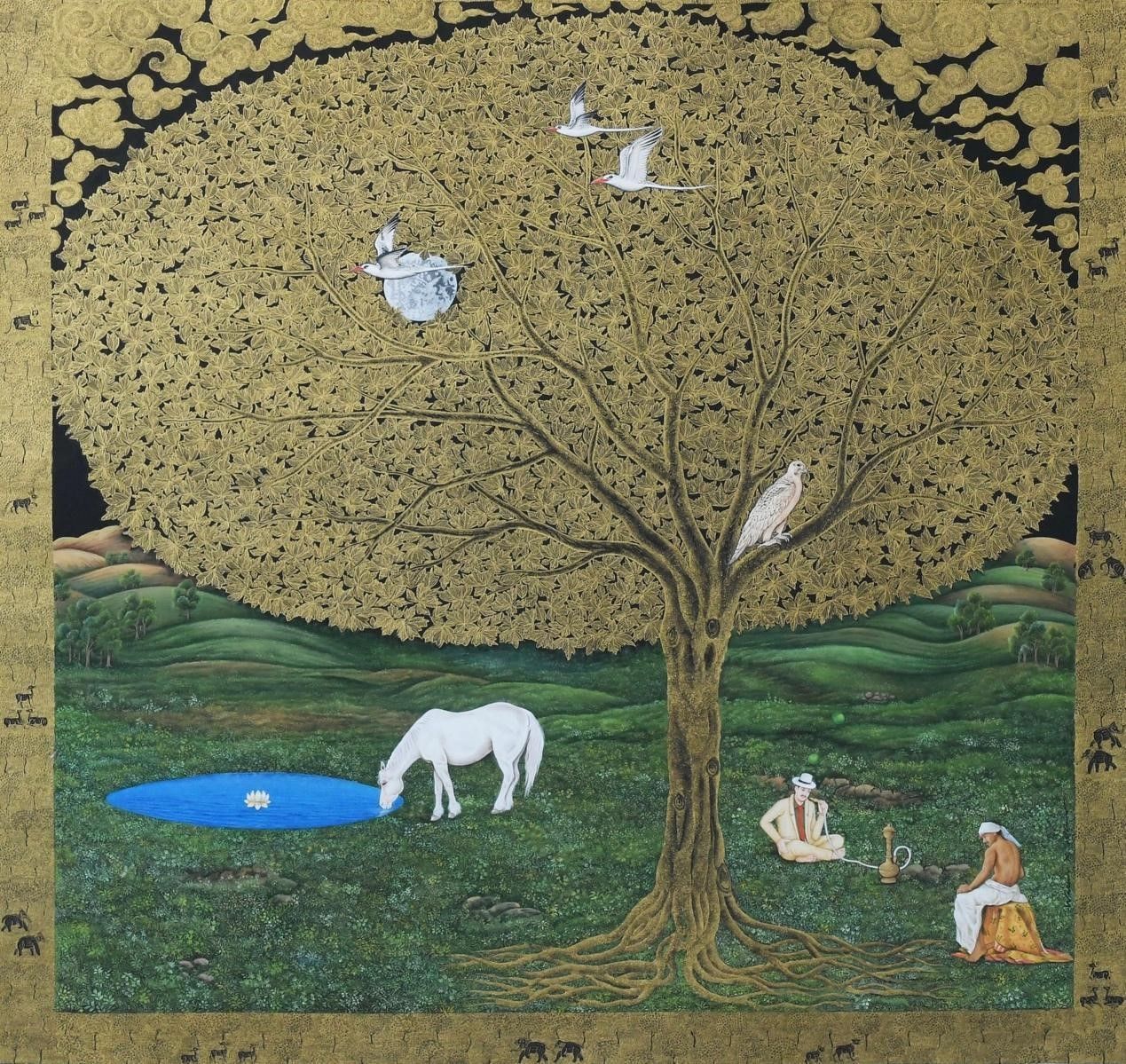
"Oasis Within the Mirage - II" by Waswo X. Waswo. Lithographic pigments and gold on original paper, 22 x 22 inches, 2024. Courtesy of Waswo X. Waswo and Espace Gallery, New Delhi.
